Learning how to set up a ham radio system is your gateway to secure, long-distance communication that doesn’t rely on conventional networks.
With a ham radio, you can communicate with other ham radio operators all across the globe. You can also build your radio channel and take part in emergency communications.
To set up a ham radio, choose a suitable transceiver, antenna, and power supply. Then, create a comfortable workspace with proper cable management, storage, and lighting. You should also familiarize yourself with local regulations and learn ham radio etiquette before operating your station.
If you are looking to set up your own radio station or backyard radio shack, you’re in luck, we’ve provided a comprehensive guide on how to do just that.
In this guide, we’ll take you through the basics of ham radio, from the equipment you’ll need to get started to the regulations you’ll need to follow.
In This Guide
Ham Radio Basics?
A ham radio serves as a versatile device that is known for its flexibility, allowing you to tap into frequencies for personal communication, experimentation, and even emergency services.
People use ham radios for emergency communications, long-distance chats, and local and international contests.
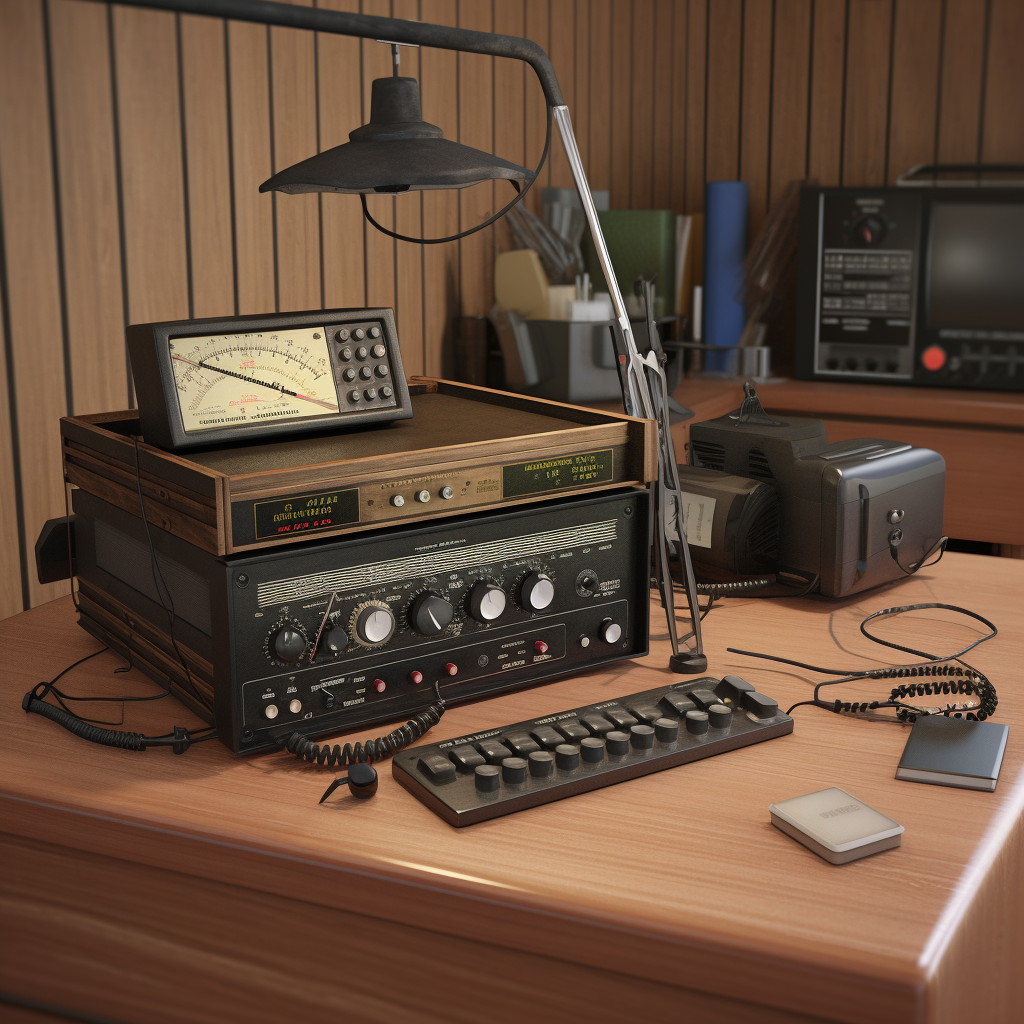
The Significance of Ham Radio Communication
Ham radio’s form of communication bypasses conventional networks, making it an invaluable resource during natural disasters.
There are several reasons ham radios remain popular:
- Emergency communication. Ham radio operators help emergency agencies communicate during natural disasters and power shortages.
- Community-building. There is a diverse and welcoming ham radio community. They offer opportunities to exchange ideas, and collaborate on projects locally and globally.
- Skill development. You need to learn about radio technology, electronics, and communication protocols to use a ham radio. This will help you develop important technical and problem-solving skills.
- International connections. Ham radio allows operators to connect with people worldwide. It fosters a sense of global unity among enthusiasts from various cultures and backgrounds.
- Frequency exploration. Ham radio operators may experiment with speech, Morse code, and digital data over several frequencies.
- Competitions and awards. The ham radio community frequently hosts contests and award programs. It helps encourage skill development and personal goal achievement for community members.
- Off-the-grid communication. Ham radio allows communication in distant locations, such as camping or trekking.
- Public service. Ham radio operators often volunteer their skills and equipment for public events. It benefits the community and allows operators a chance at real-world practice.
Types of Ham Radios
Whether you choose handheld, mobile, or base station models, understanding your needs is key to finding the radio that suits you.
Here are the three main types of ham radios:
- Handheld Radios – Small, portable radios called Handie- talkies or HT’s (aka walkie-talkies) for outdoor activities and short-range communication.
- Mobile Radios – Vehicle-installed radios with increased range and power need external antenna and power.
- Base Station Radios – Fixed-location radios offer the most range and power. These require extra equipment like antennas and power supplies.

Choosing the Right Ham Radio Equipment
Learn how to build a ham radio station by selecting the right components, such as transceivers, antennas, and power supplies for your needs. These greatly influence your communication range and clarity. Here are some factors to consider when selecting your equipment:
Transceiver
The transceiver is the heart of any ham radio station setup. From transmitting to receiving signals, its features dictate your system’s capabilities. There are many types of transceivers on the market. They vary from basic portable devices to complex versions with digital signal processing.
Antennas
Your antenna plays a crucial role in signal transmission. Whether directional or omnidirectional, your antenna type affects the quality and reach of your communication. It’s used to transmit and receive radio signals and affects your signal’s strength and range.
There are several antenna options. Choose from wire antennas, vertical antennas, and directional antennas.
Each type of antenna has its strengths and weaknesses. It depends on the signal you want to transmit and receive. The radio antenna you choose will depend on your radio type and communication needs.
Installing your antenna properly is critical for maximum performance. Here are some tips to ensure that your antenna is installed correctly:
- The greater the antenna’s height, the farther its signal will travel.
- Adjust your antenna to face the broadcasting facilities you want to contact.
- Good grounding is essential for both safety and minimizing interference.
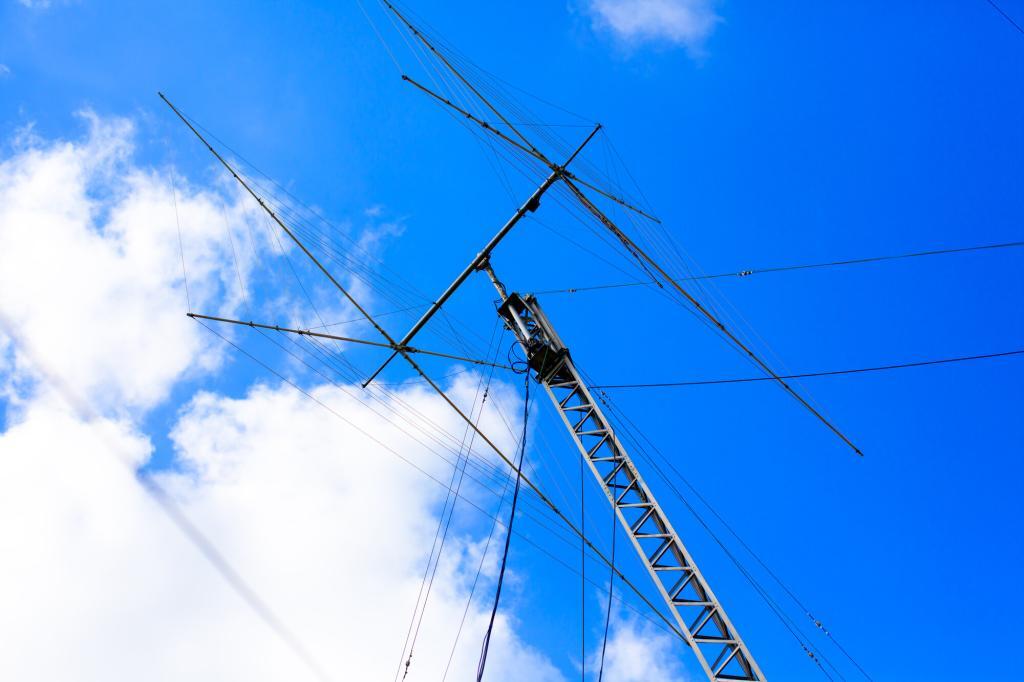
Power Supply
An adequate power supply ensures your ham radio functions without hiccups. Be it battery or direct AC, the choice is dictated by your setup location.
Mobile and base station radios need a power supply connected to an electrical outlet or vehicle battery while handheld radios typically use rechargeable batteries.
A reliable power supply ensures a consistent source of energy for your transceiver. Consider your chosen transceiver’s power requirements and select a power supply accordingly.
SWR Meter
An SWR (Standing Wave Ratio) meter measures the efficacy of your antenna setup. This measurement is critical to properly tune the antenna to the frequency used. It helps you fine-tune your system for maximum signal strength.
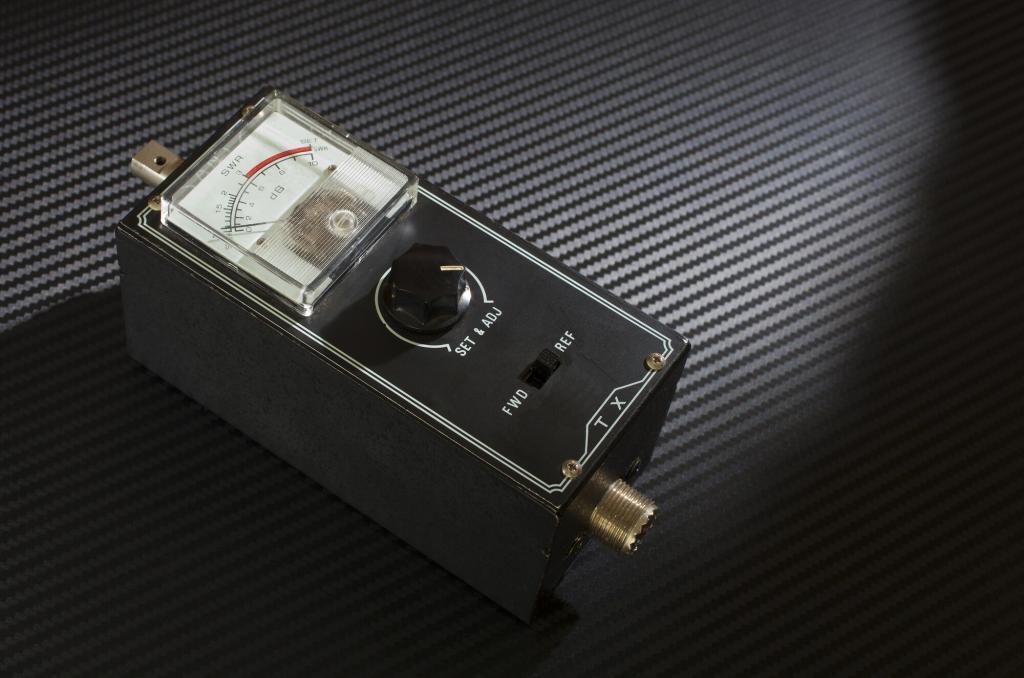
Coaxial Cable
Coaxial cables connect your transceiver and antenna. Cable quality influences signal clarity, so it is essential to choose high-quality, low-loss coaxial cable to ensure there is minimal signal loss.
Grounding Equipment
Grounding equipment protects your setup by minimizing electrical hazards and interference, protecting your ham radio from lightning strikes and other electrical surges. It is important to have a good grounding system in place to ensure your equipment is well protected.
Microphone and Speaker
Your microphone and speaker define audio quality and are necessary for voice communication. Many transceivers come with a microphone, however, poor audio can lead to miscommunications. So it’s best to invest in a higher-quality one for better audio performance. A speaker or headphones will also boost your listening experience.
Accessories and Tools
Additional tools make your setup versatile. You’ll also need tools like a soldering iron, tuners, amplifiers, wire strippers, and wrenches for assembly and maintenance.
Setting Up Your Ham Radio Station
Setting up your ham radio station is a step-by-step process that needs proper assembly to ensure operational efficiency. Once you have your equipment, you can start setting up your ham radio.
Choose a Location
The location you choose affects your ham radio’s performance. Altitude and obstructions should be considered. Choose one with minimal electrical interference and enough space for you and your equipment.
Assembling Your Equipment
Start by gathering all the necessary equipment and tools, and set up a dedicated workspace for your radio station. Get a clean, organized area with enough room to lay out your components and tools.
Connect the power supply to the transceiver and plug it into an electrical outlet. Attach the microphone and speaker or headphones to the appropriate jacks on the transceiver.
Connecting the Antenna
Connecting the antenna correctly is vital for signal strength and the type of antenna you use matters. Install your antenna according to the manufacturer’s guidelines. Make sure it’s positioned for optimal reception and transmission. Then, connect the antenna to your transceiver using the coaxial cable.
For best results, mount your antenna as high as possible, either on a rooftop or a tall mast. Ensure it’s properly grounded to protect your equipment from lightning and electrical surges.
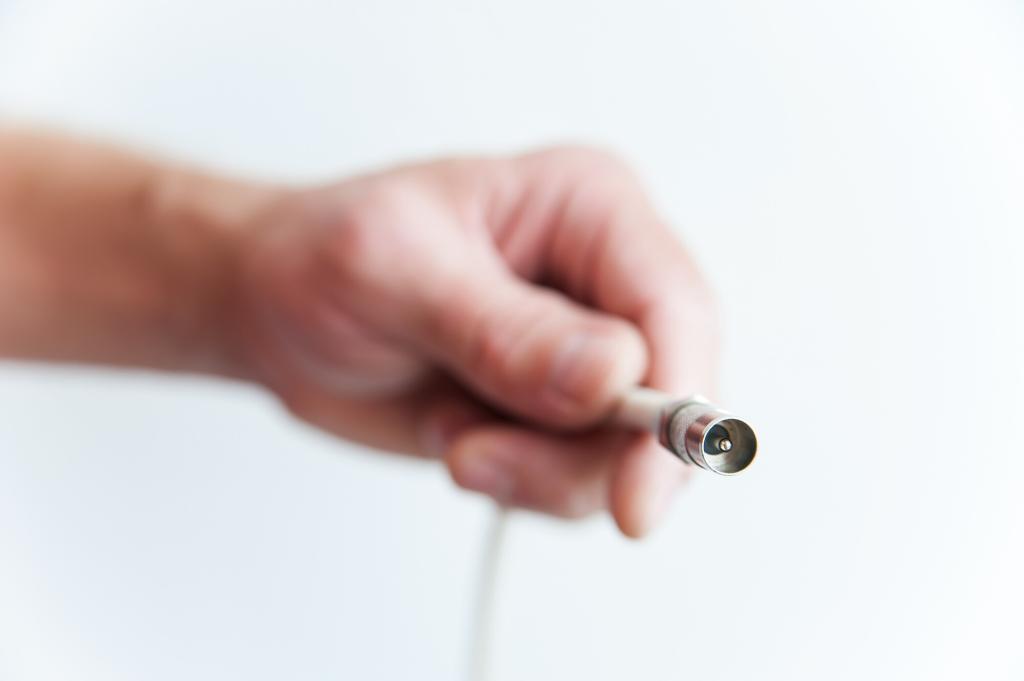
Power Up and Configure Your Transceiver
Once your ham radio is powered up, you should configure your transceiver settings. Calibration is essential for optimal performance, so make sure to follow the transceiver’s manual to configure settings such as frequency, mode, and bandwidth.
For handheld radios, charge the battery according to the manufacturer’s instructions.
For mobile and base station radios, connect the power supply to an electrical outlet or your vehicle’s battery. Make sure you have the correct voltage and amperage for your radio.
Be sure to use a surge protector to safeguard your equipment from voltage fluctuations and power surges.
How To Build a Portable Ham Radio Setup
Building a portable ham radio setup can be an empowering experience, offering you the ability to communicate over long distances without relying on traditional networks.
To guide you through this process, we’ll delve into the essential components such as antennas and power sources, ensuring you have all the knowledge you need to create a functional system.
- Choose a transceiver. Pick a compact handheld transceiver (HT) with desired frequency bands and features like dual-band, GPS, or weather alerts.
- Select an antenna. Invest in a portable antenna for your frequency range and ensure compatibility with your transceiver or use an adapter.
- Pick a power source. Use compatible rechargeable batteries, external battery packs, or solar panels for portable power.
- Gather accessories. Include a backup microphone, headphones, programming cable, SWR meter, and contact log.
- Protect your gear. Use a durable carrying case or backpack with compartments to organize your equipment and keep it safe.
- Prepare for outdoor use. Choose weather-resistant or waterproof equipment for outdoor operation.
By following these steps, you’ll create a portable ham radio setup for on-the-go communication.
H/T to @edwhitney1862 for this video: Build A “GO ANYWHERE” Box For Your Ham Radio
How To Set Up a Ham Radio Repeater
Setting up a ham radio repeater enhances your communication range using a transceiver and antenna. This guide will walk you through the straightforward process to get your repeater station up and running:
- Research and planning. Familiarize yourself with local regulations, frequency allocations, and licensing requirements. Determine the coverage area you want to achieve and select an appropriate location for your repeater.
- Choose the right equipment. You’ll need a receiver, transmitter, duplexer, and power supply. Ensure that the receiver and transmitter can operate on the desired frequency bands and are compatible with each other.
- Select an antenna. Choose an antenna that suits the frequency range of your repeater and offers optimal coverage. Consider factors like gain, polarization, and radiation pattern.
- Install the equipment. Mount your repeater equipment in a weatherproof enclosure, such as a cabinet or rack. Ensure proper ventilation to prevent overheating. Securely mount the antenna at the highest possible point to maximize coverage.
- Configure the repeater. Program the repeater with the appropriate input and output frequencies. You can use CTCSS (Continuous Tone-Coded Squelch System) tones or DCS (Digital Coded Squelch) codes, and time-out settings. This ensures that only authorized users can access your repeater.
- Test the system. Perform thorough tests to verify the performance of your repeater. Check the coverage, signal strength, and audio quality. Adjust the settings or equipment as needed to optimize performance.
- Maintain your repeater. Regularly monitor your repeater’s performance. Also, schedule routine maintenance to ensure its continued reliability.
Following these steps, you can successfully set up a ham radio repeater. You can also enhance the range and effectiveness of your amateur radio communication.
Testing and Troubleshooting
Testing and troubleshooting are vital for a reliable setup. Once everything is connected, turn on your radio and check for any issues. Regular checks can prevent potential issues, so always test the transmit and receive functions, and use an SWR meter to ensure your antenna is properly tuned.
If you encounter any problems, consult the user manual or seek help from experienced ham radio operators.
How To Operate a Ham Radio
To get started with setting up your ham radio, the first thing you’ll need is a licensed frequency and a compatible transceiver. Once you have your equipment and license, it’s time to start.
There are many ways to use your radio, from chatting with other operators to participating in contests and events. One popular activity is called “DXing.” It involves trying to make contact with operators in as many different countries as possible.
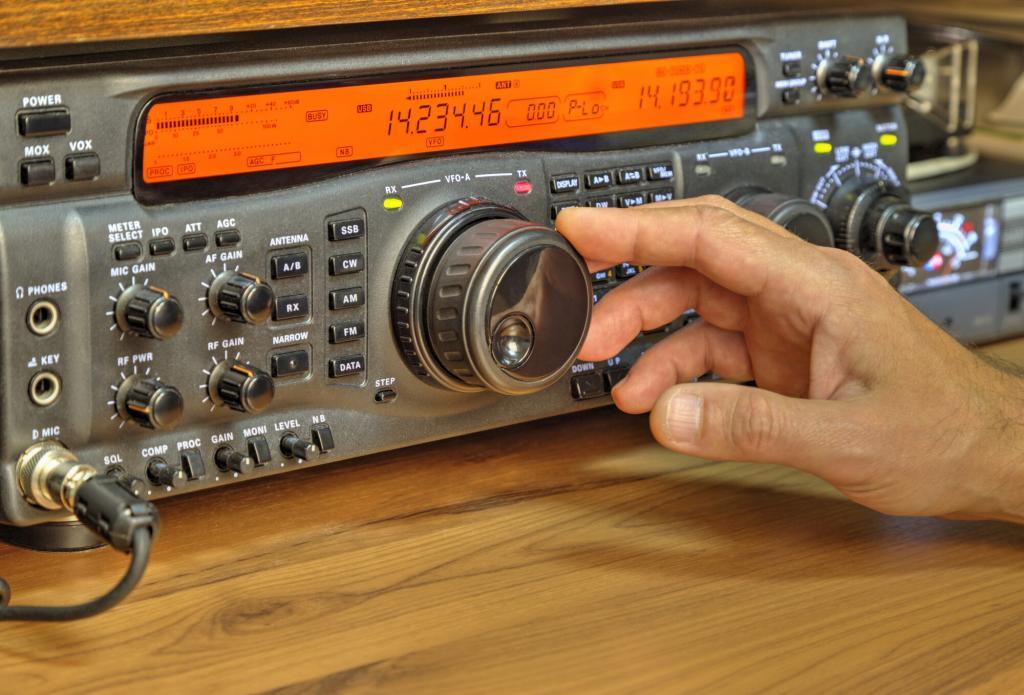
Essential Tips for Novice Ham Radio Users
Setting up a ham radio can be a daunting task for novice users, but understanding the essentials can make the process significantly easier. From selecting the right equipment to understanding radio frequencies, these tips will guide you through the initial stages of your ham radio journey.
- Start with a basic setup. If you are new to ham radios, start with a simple setup. All you need is a handheld transceiver and a basic antenna to get started.
- Join a local club. Joining a local ham radio club is an excellent way to learn more about the hobby and meet other enthusiasts. You can also get advice on equipment and techniques from more experienced hams.
- Learn about the different modes. Ham radios offer many different modes of communication, including voice, digital, and Morse code. Learning about the different modes will help you find one that best suits your interests and needs.
- Take a licensing course. To legally operate a ham radio station, you must obtain a license. There are many online courses available that can help you prepare for the licensing exam.
Ham Radio Setup Cost
A good ham radio setup might cost between $800 and $1,200. However, budgeting correctly can save you from unnecessary costs.
Typically, you’ll only need $100 for a basic ham radio setup. This will buy you a simple, low-power radio for short distances and pay for your ham radio license exam and study books. At this point, it’s perfect to buy used equipment.
Getting Licensed and Ham Radio Certification
Operating a ham radio requires a license in most countries. However, regulations vary by jurisdiction. The Federal Communications Commission (FCC) regulates amateur radio licensing in the United States.
H/T to @SurvivalDispatch for this video: Getting Into Ham Radio For Beginners.
Categories of Ham Radio Licenses
There are three classes of ham radio licenses in the United States. Each offers a unique set of operating privileges:
- Technician – Entry-level license granting access to VHF and UHF frequencies.
- General – Intermediate level, providing access to additional HF frequencies.
- Amateur Extra – Advanced level, allowing access to all amateur radio frequencies.
Preparing for Your Certification Test
Preparing for your test involves studying regulations and technical aspects. Mock exams can be highly beneficial.
To obtain your license, you must pass a written exam. Many resources are available to help you prepare, including online courses, textbooks, and study guides.
You can also join a local ham radio club for guidance and support from experienced operators.
Taking the Ham Radio Examination
Taking the exam certifies your ham radio knowledge. The format of the exam and its content may vary. But once you feel ready, find a nearby exam location and schedule your test.
Exams are administered by Volunteer Examiner Coordinators (VECs) and usually cost a small fee. After passing the exam, you’ll receive your call sign and can legally operate your ham radio.
Joining the Ham Radio Community
Local Clubs and Organizations
Local clubs provide social and technical support. Ham radio clubs are a great way to meet fellow enthusiasts, learn new skills, and stay updated on the latest technology and regulations.
Membership often includes various benefits. Many clubs offer classes, workshops, and events, as well as opportunities to participate in emergency communication drills.
On-Air Etiquette and Best Practices
Proper on-air behavior is crucial in ham radio communication. Best practices include radio courtesy and specific jargons. Respect other operators’ conversations, and adhere to the established frequency band plans.
Additionally, be mindful of your transmit power and avoid causing interference to other users.
Ham Radio Regulations
Before you can start transmitting on your ham radio, you must understand the regulations governing amateur radio use. Compliance with ham radio laws is non-negotiable.
In the United States, these regulations are overseen by the Federal Communications Commission (FCC). The FCC requires all amateur radio operators to obtain a license before transmitting on the airwaves. To obtain a license, you’ll need to pass a written exam that tests your knowledge of radio regulations and operating procedures.
FAQs about Setting Up a Ham Radio
Do I need a license to listen to ham radio?
No, you don’t need a license to listen to ham radio transmissions. However, you do need a license to transmit on amateur radio frequencies.
How much does it cost to set up a ham radio station?
The cost of setting up a ham radio station can vary greatly depending on the type of radio, antenna, and accessories you choose. A basic handheld radio can cost around $30, while a high-end base station setup can cost several thousand dollars.
Can I use a ham radio during an emergency if I don’t have a license?
In life-threatening circumstances, you may operate a ham radio without a license. Nevertheless, it is strongly advised that you get a license and learn how to use the equipment and procedures before an emergency occurs.
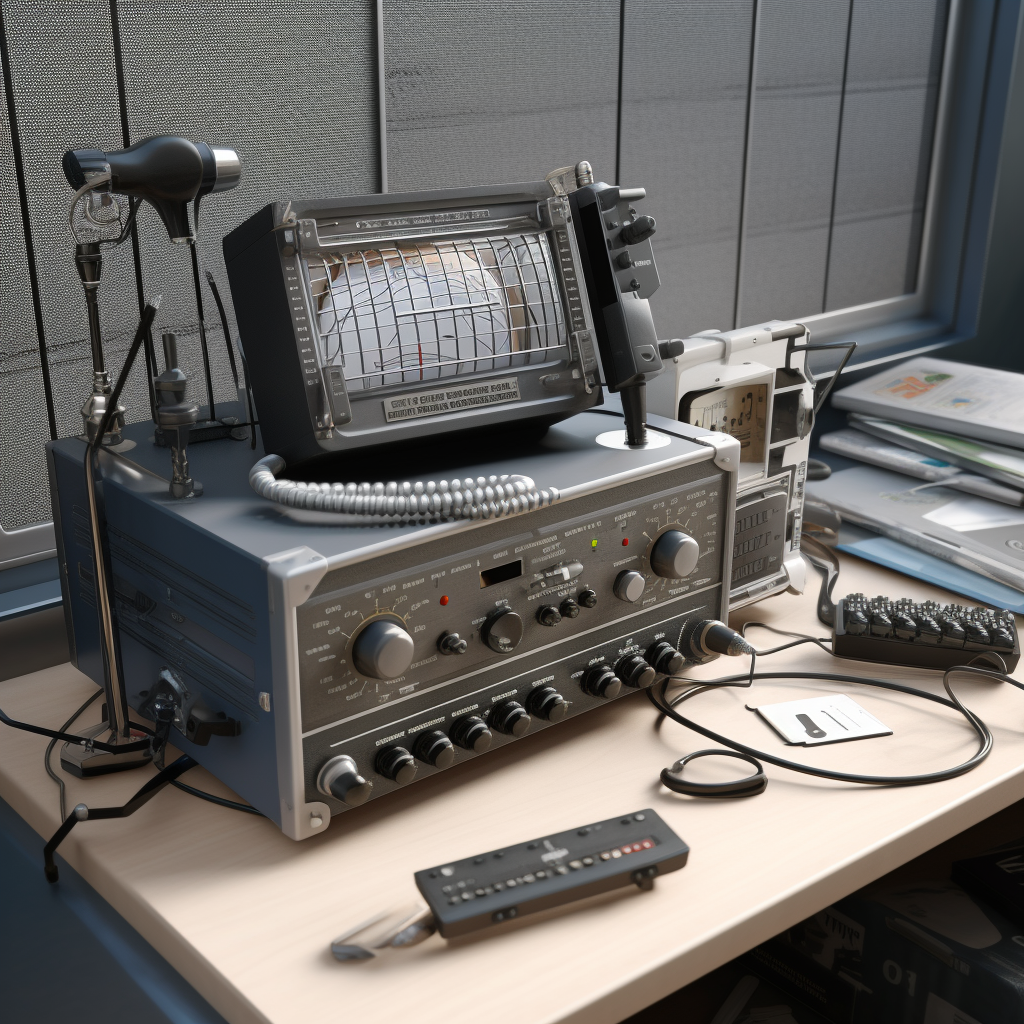
What is the range of a typical ham radio?
The range of a ham radio depends on various factors, including the type of radio, antenna, frequency, and atmospheric conditions.
Handheld radios typically range a few miles.
Base station setups can reach hundreds or thousands of miles under optimal conditions.
How do I find other ham radio operators in my area?
You can find other ham radio operators in your area by joining local clubs. You may also participate in on-air nets or attend ham radio events like field days and conventions.
You can also use online resources, such as forums and social media groups, to connect with fellow enthusiasts.
What frequencies can I use with my ham radio?
The frequencies you can use depend on your country’s license class and the band allocations. Each license class grants access to different frequency bands and operating modes. Consult your country’s amateur radio regulations for more information.
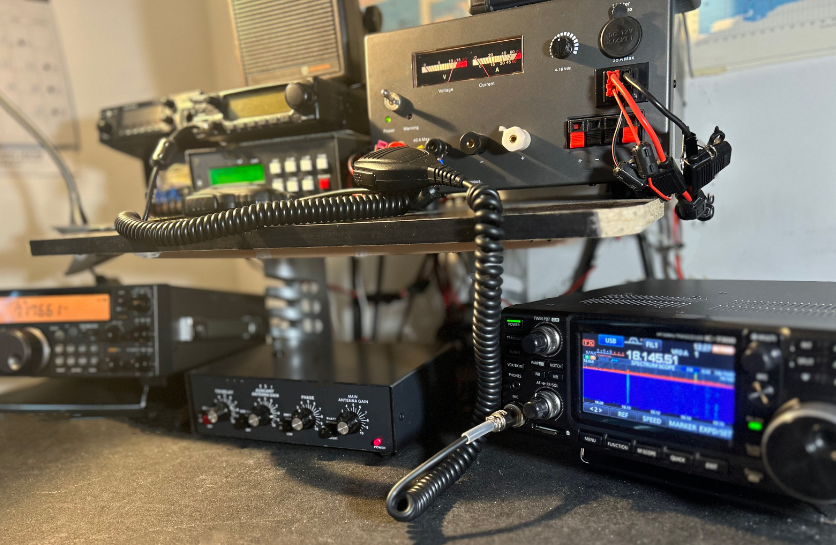
Key Takeaways Of How To Set Up a Ham Radio System
Knowing how to setup a ham radio station can be a rewarding experience. It offers numerous benefits, from emergency communication to social connections.
By choosing the right equipment, assembling your station, getting licensed, and joining the ham radio community, you’ll be well on your way to enjoying this fascinating hobby.
ABOUT THE AUTHOR
Bill Montgomery is the co-founder of Modern Day Prepping. He and his wife Angie have been dedicated to the self-reliant lifestyle since 2008. When he’s not working on the homestead, he enjoys tinkering with electronics and family movie nights with Angie and their two boys. To learn more about Bill, visit the About Us page.
If you want to know how to keep your family safe in the modern world, visit Privacy For Patriots, a sister site that Bill started to help fellow Patriots stay "off the radar" from bad actors and big tech.

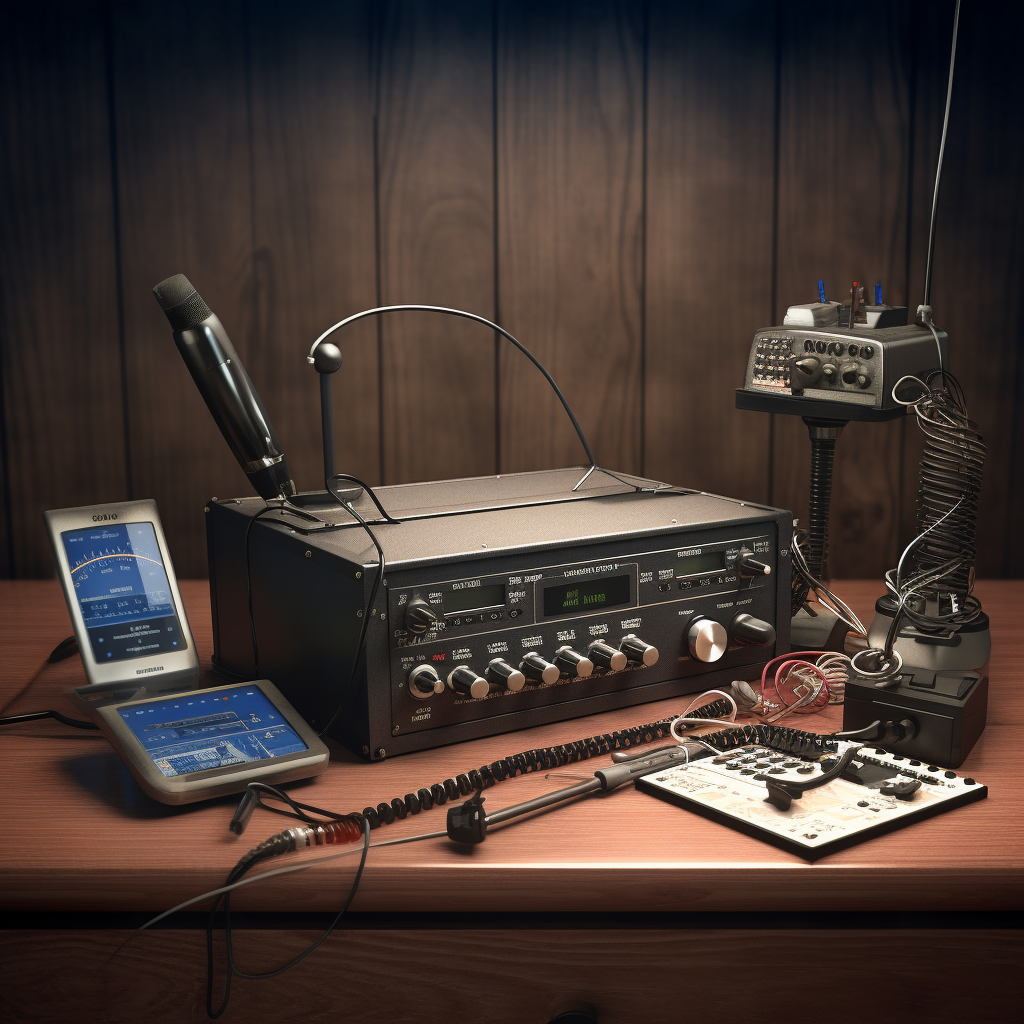
0 Comments